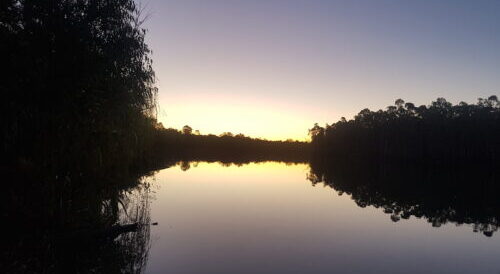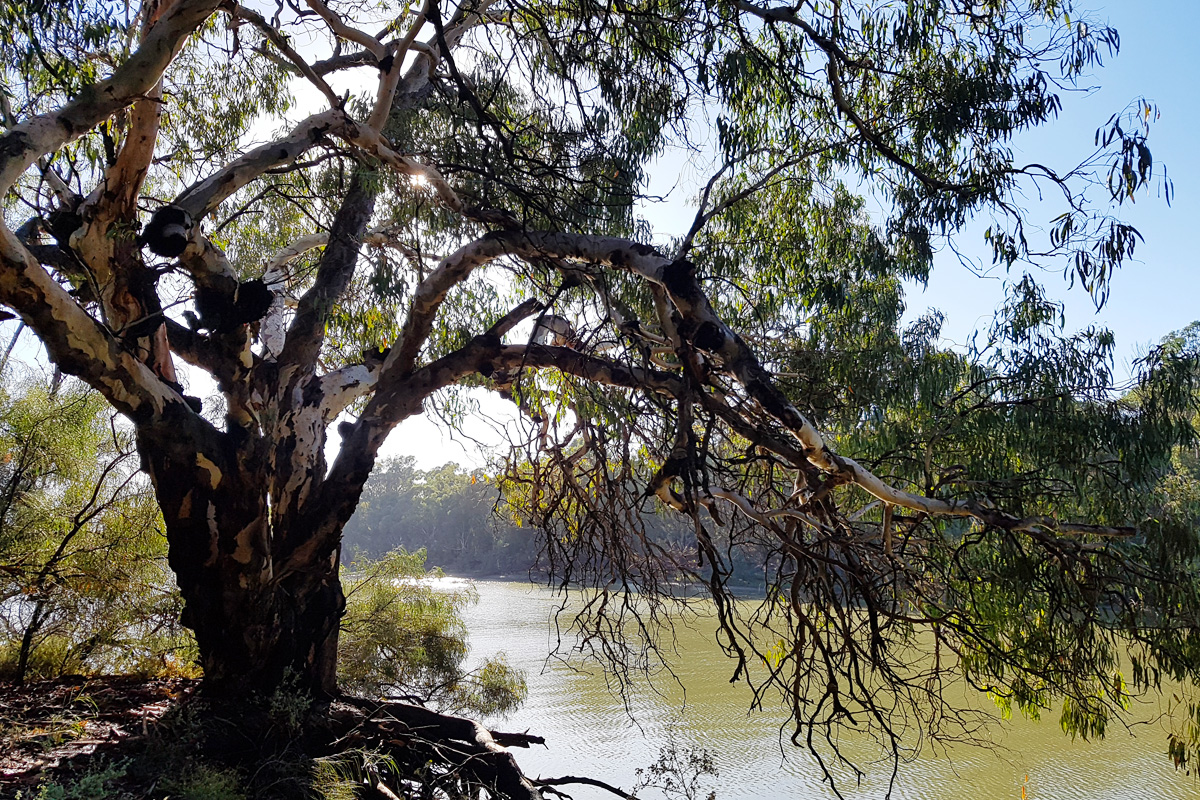New report illustrates the scale of water injustice in the Murray Darling Basin
As part of NAIDOC Week, MLDRIN has launched an illuminating report that illustrates the current state of water injustice in the Murray Darling Basin, including compelling infographics by Tati Tati artist Brendan Kennedy.
“Returning water to First Nations ownership and reactivating Traditional Owner water rights will empower us to heal Country –the theme of NAIDOC week this year,” said MLDRIN Chair and Ngarrindjeri man Grant Rigney.
“Traditional Owners have never ceded our sovereignty to waters, nor given consent to or authorised anyone else to manage and make decisions about waterways,” Grant Rigney said.
By First Nations, for First Nations
The report was developed by First Nations people for First Nations people, to help illuminate the current state of water injustice in the Murray-Darling Basin, and to help advocate for pathways to change. It includes thirteen compelling infographics, which highlight the dispossession of First Nations people from water ownership using culturally relevant imagery and information.
The report, developed in partnership with Griffith University researchers, shows First Nations own a tiny share of all available water across the Basin. Specifically, First Nations’ surface water holdings constitute just 0.2% of all that’s available through surface water entitlements. First Nations’ share of available groundwater is even less, at 0.02%.
At the same time, the MDB is a significant population centre for First Nations people: A total of 120,487 First Nations people live in the Basin. This means 5% of the whole Basin population, or 5 in every 100 people, identify as First Nation.
First Nations vision for healing Country
“First Nations people have a vision for healing Country by activating our rights and knowledge systems. We need ownership and agency over land and water to achieve that vision. Action to return water to First Nations should not be delayed any further. This is a matter of absolute urgency, especially where governments have already made commitments on this front. For example, in 2018 the Federal Government committed $40 million for water for First Nations across the Basin but still no water has been purchased,” Grant Rigney said.
The report, entitled Research into how much water is held by First Nations in and Traditional Owner Organisations in the Murray-Darling Basin in 2020: A First Nations Summary, can be viewed here: https://www.mldrin.org.au/wp-content/uploads/2021/07/1342_MILDRIN-16pp-Report-Lana_v3-min-1.pdf


